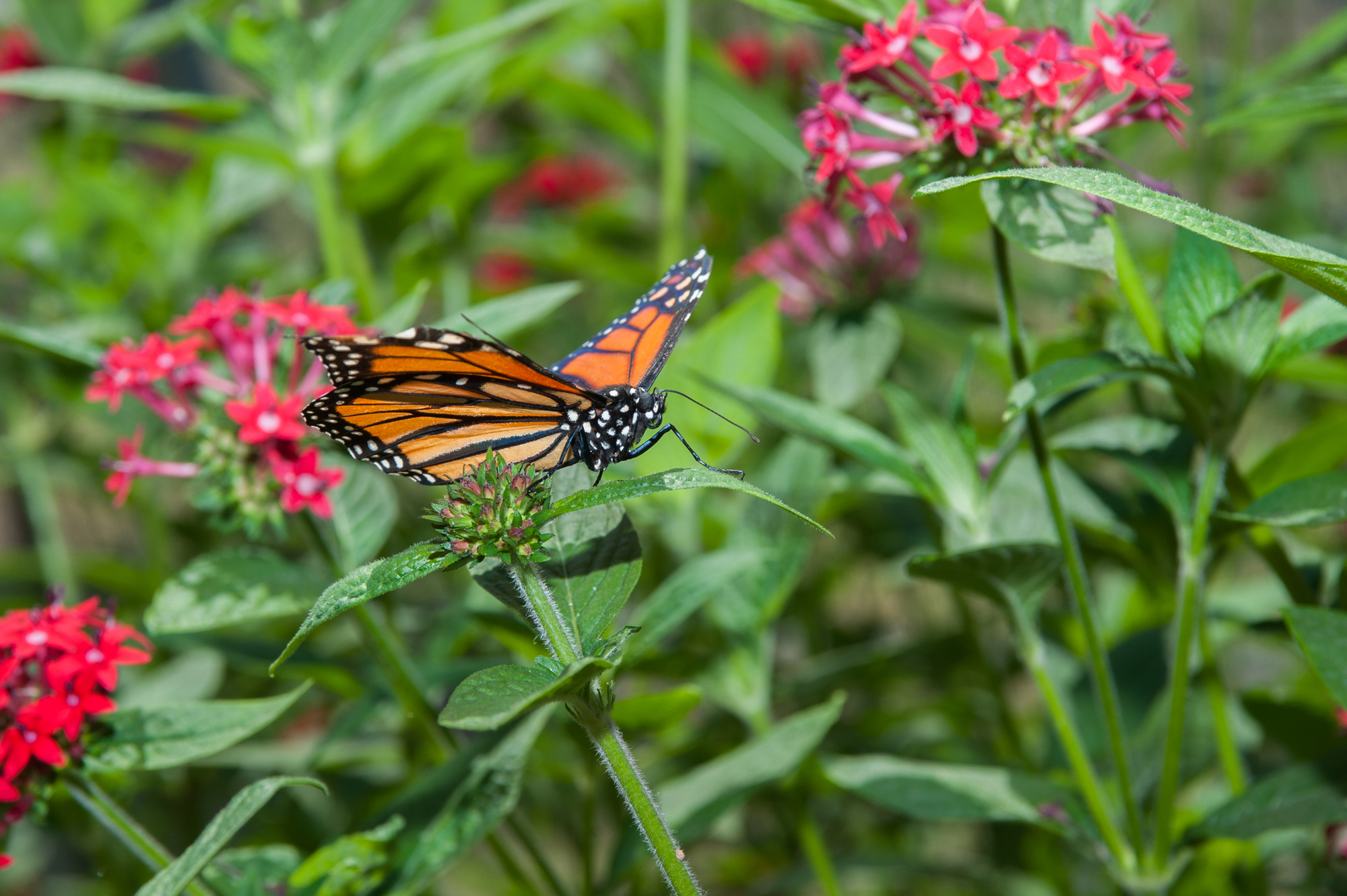Pollinators, such as bees and butterflies, play a vital role in our ecosystem by facilitating the reproduction of plants. Not only do they ensure the abundance of flowers and fruits in our gardens, but they also contribute to the health and biodiversity of our natural world. In this guide, we’ll explore how homeowners can create a welcoming environment for these essential pollinators, offering tips and tricks to make your garden a haven for bees and butterflies.
Creating a Pollinator-Friendly Habitat
To turn your garden into a buzzing and fluttering haven for bees and butterflies, you’ll need to create the right environment. In this section, we’ll dive into the essential steps for building a pollinator-friendly habitat that beckons these beneficial creatures. From selecting the right plants to providing shelter and nesting sites, discover how to make your garden an irresistible destination for bees and butterflies.
Plant Selection
Selecting the right plants is the cornerstone of attracting pollinators to your garden. Bees and butterflies are drawn to nectar-rich flowers, so choose a variety of these blooms to provide an irresistible food source. Native plants are often the best choice, as they are adapted to your local ecosystem and its pollinators.
Continuous Blooming
To keep bees and butterflies coming back to your garden throughout the growing season, plan for continuous blooms. Select plants with staggered flowering times to ensure a consistent supply of nectar and pollen. By providing a variety of flowers that bloom at different times, you can create a pollinator buffet.
Shelter and Nesting Sites
Offering shelter and nesting options for pollinators is another way to attract them to your garden. Bees, in particular, require places to nest, such as bee houses or hollow plant stems. Butterflies benefit from shelters like small brush piles. Creating these spaces ensures a safe environment for nesting and hibernation.
Providing Food and Water
Just like us, pollinators need sustenance to thrive. In this section, we’ll explore the crucial aspects of providing food and water to attract and nourish bees and butterflies in your garden. From selecting nectar-rich plants to setting up convenient water sources, discover how to ensure your garden becomes a bountiful and refreshing oasis for these essential pollinators.
Nectar Plants
To attract and sustain pollinators, it’s crucial to identify and plant nectar-rich flowers. Certain flowers, such as bee balm, lavender, and coneflowers, are especially favored by bees and butterflies. Plant these flowers in clusters to make them more visible and accessible to your winged visitors.
Water Sources
Both bees and butterflies need access to clean water. Set up shallow water stations with stones or floating objects for butterflies to land on while drinking. For bees, consider a small, shallow dish with a few stones for them to land on while sipping. Ensuring a reliable water source in your garden is essential for pollinator well-being.
Avoiding Pesticides and Chemicals
The use of pesticides and chemicals can be detrimental to pollinators. These substances can harm or kill the very creatures you’re trying to attract. Instead of chemical pesticides, opt for natural pest control methods like companion planting and integrated pest management to protect your garden while preserving pollinator health.
Maintenance and Observation
Regular Pruning and Weeding
Maintaining a tidy garden is essential for pollinator navigation. Regularly prune and weed your garden to prevent overgrowth that can obstruct the flight paths of bees and butterflies. Proper pruning techniques will also help keep your plants healthy and thriving.
Observation and Record-Keeping
Take time to observe the pollinator activity in your garden. Keep a record of the different species that visit and their preferences. This information can guide your plant selection and garden design adjustments to better cater to the needs of your pollinator guests.
Educating and Encouraging Others
Spread the word about the importance of pollinators in your community. Share your pollinator-friendly garden experiences with neighbors and friends, and encourage them to create their own pollinator habitats. By raising awareness and inspiring others, you can contribute to a more pollinator-friendly world.
Learn More

